- 1 Pre-Installation Essentials: Planning and Material Handling
- 2 Foundation and Framing: Building a Solid Base
- 3 The Installation Process: Step-by-Step Fastening
- 4 Cutting and Fitting: Mastering the Details
- 5 Post-Installation: Ensuring Longevity and Aesthetics
- 6 Avoiding Common Bamboo Composite Decking Installation Mistakes
- 7
- 8 FAQ
- 8.1 What is the expected lifespan: How long does bamboo composite decking last?
- 8.2 Can I install bamboo composite decking directly on the ground?
- 8.3 Do I need to leave a gap between the decking boards?
- 8.4 Is it possible to install bamboo composite decking in cold climates?
- 8.5 How does the installation of bamboo composite compare to traditional wood?
Choosing bamboo composite decking is an excellent decision for a durable, eco-friendly, and beautiful outdoor space. However, its long-term performance and stunning appearance are heavily dependent on a correct installation. A proper install prevents issues like warping, sagging, or premature wear, ensuring you enjoy your deck for years to come. This comprehensive guide will walk you through the essential steps, from initial planning to the final board, providing professional tips to help you achieve a flawless and long-lasting result while avoiding common pitfalls.
Standard size glossy heavy bamboo flooring
Pre-Installation Essentials: Planning and Material Handling
Rushing the preparation stage is the first step towards problems down the line. Taking the time to properly acclimate your materials and plan your project will save you time, money, and frustration during the installation process.
Acclimating Your Bamboo Composite Decking
Unlike some traditional woods, high-density bamboo composite decking is dimensionally stable, but it can still be affected by temperature and moisture during transit and storage. Acclimation allows the material to settle into the local environment where it will be installed.
- Timeframe: Store the decking boards, still in their packaging, on a flat, dry surface in the installation area for a minimum of 24-48 hours before installation.
- Conditions: Ensure the storage area is well-ventilated and protected from direct rain and sunlight. The boards should be supported evenly across their length to prevent bending.
- Purpose: This process allows the boards to reach a consistent temperature and moisture content, minimizing any minor expansion or contraction after installation.
Planning the Layout and Calculating the Cost of Bamboo Composite Decking vs Wood
A thoughtful layout is crucial for aesthetics and minimizing waste. While the initial cost of bamboo composite decking vs wood may be higher, its longevity and minimal maintenance offer better long-term value. Proper planning ensures you buy the right amount.
- Board Direction: Decide the direction the boards will run. Typically, they run perpendicular to the joists. Consider the flow of the space and the primary viewpoint from your house.
- Pattern and Seam Staggering: Plan for a random stagger of end-to-end joints. Avoid creating predictable "H-patterns" by ensuring that end joints are separated by at least two joist spaces from adjacent rows.
- Waste Factor: When ordering, include a waste factor of 5-10% to account for cuts, mistakes, and future repairs. Complex layouts and diagonal patterns will require a higher waste factor.
Foundation and Framing: Building a Solid Base
The deck frame is the skeleton of your project. A weak or improperly built frame will compromise even the best-installed decking. Paying close attention to the substructure is non-negotiable.
Joist Spacing Requirements for Optimal Support
Bamboo composite decking is strong, but it requires proper support to prevent sagging between joists. Always follow the manufacturer's specific recommendations, as spacing can vary based on the board's thickness and profile.
- Standard Spacing: For most standard-thickness composite boards (e.g., 1" x 6"), joist spacing is typically 16 inches on center.
- Maximum Spacing: Some thicker or more rigid boards may allow for 24-inch on-center spacing, but 16 inches is recommended for a firmer feel and to prevent any potential flex.
- Material: Use pressure-treated lumber, corrosion-resistant steel joists, or other suitable materials for the framing to ensure it lasts as long as the decking itself.
Ensuring Proper Slope and Ventilation
Water management is critical for the health of your deck structure and to prevent mold and mildew growth underneath.
- Slope: The deck frame should have a slight slope away from your house to facilitate water runoff. A slope of 1/4 inch for every foot (a 2% grade) is standard.
- Ventilation: Ensure there is adequate airflow beneath the deck. This is especially important for low-profile decks to allow moisture to escape, keeping the substructure dry and preventing damage.
The Installation Process: Step-by-Step Fastening
This is the core of the project where precision and the right technique come together. The method you choose for fastening the boards will impact both the appearance and the structural integrity of the deck.
Choosing the Right Fastening System (Hidden vs. Face-Screw)
You have two primary options for securing the boards, each with its own advantages. The choice often depends on the specific product line and your desired aesthetic.
- Hidden/Clip Fastening System: This is the most popular method for a clean, seamless look. Specialized clips attach to the joists and grip the sides of the boards, leaving no visible screws on the surface. This system also automatically creates the necessary expansion gap.
- Face-Screwing: Involves driving screws directly through the face of the board into the joists. While strong, it leaves visible screw heads. If using this method, it is crucial to use the manufacturer's recommended screws and to pre-drill holes to prevent material splitting or "mushrooming."
Proper Fastener Placement and Techniques
Regardless of the system, consistency is key. Professional manufacturers like Ningguo Kuntai Bamboo and Wood Co.,Ltd. often design their boards and compatible fastening systems to work together seamlessly, ensuring optimal performance.
- Clip Placement: For hidden systems, place one clip at each joist on both sides of the board. Ensure the clip is seated correctly to allow for thermal expansion.
- Screw Placement: If face-screwing, place two screws per board at each joist. Drive the screws straight and flush with the board's surface; do not countersink, as this can create a pocket for water.
- Starter and End Clips: Use specialized starter clips at the beginning of a run and end clips where the decking terminates to ensure a secure and professional edge.
Cutting and Fitting: Mastering the Details
A perfect deck is defined by its clean cuts and precise fits around posts, walls, and other obstacles. Using the right tools and techniques is essential for a polished outcome.
The Best Way to Cut Bamboo Composite Decking
Bamboo composite decking is a dense material, so using the correct tools will result in clean, splinter-free cuts. The best way to cut bamboo composite decking is with tools that have fine, sharp blades.
- Circular Saw or Miter Saw: These are the ideal tools. Use a carbide-tipped blade with fine teeth (80-tooth or more for a circular saw, 60-tooth or more for a miter saw) and run the saw at a high speed.
- Jigsaw: Useful for making curved or notched cuts. Use a down-cutting blade specifically designed for composites to prevent splintering on the top surface.
- Safety First: Always wear safety glasses and a dust mask when cutting. Composite materials can produce fine dust particles.
Dealing with Edges, Corners, and Obstacles
Plan your cuts to create a neat finish. This includes fitting boards around posts, against house walls, and at the deck's perimeter.
- Expansion Gaps: Maintain a consistent gap (typically 1/4 to 3/8 inch) between the ends of boards and at all fixed objects like walls, posts, and railings. This allows the material to expand and contract with temperature changes.
- Picture Framing: For a professional look, consider "picture framing" the perimeter of your deck. This involves running boards perpendicular to the main field around the edge, creating a finished border that hides the cut ends of the field boards.
Post-Installation: Ensuring Longevity and Aesthetics
Once the last board is secured, a few final steps will ensure your deck starts its life on the right foot and remains beautiful for years, which directly influences how long does bamboo composite decking last.
Immediate Post-Installation Checks
Before moving furniture back, do a thorough inspection of the entire deck surface.
- Walk the Deck: Feel for any spongy or uneven areas that might indicate a board is not properly secured or the substructure is inadequate.
- Check for Debris: Sweep the deck clean of all sawdust, cutting debris, and dirt. These can trap moisture and lead to staining or mildew over time.
Understanding Bamboo Composite Decking Maintenance Tips for Long-Term Care
One of the biggest selling points of composite decking is its low maintenance. However, "low" does not mean "no." Following simple bamboo composite decking maintenance tips will preserve its appearance and extend its lifespan significantly.
- Regular Cleaning: Sweep regularly to remove loose dirt and organic matter. For a deeper clean, use a soft brush and a mild soap solution with water. A garden hose with a spray nozzle is usually sufficient for rinsing.
- Stain Removal: Clean up spills promptly. For tougher stains like grease or wine, a composite deck cleaner is recommended. Avoid harsh chemicals, abrasive cleaners, or steel wool, which can scratch the surface.
- Mold and Mildew: In shady or damp climates, mold or mildew may appear on the surface (not within the material). This can be cleaned with a dedicated composite deck cleaner designed to kill organic growth.
Avoiding Common Bamboo Composite Decking Installation Mistakes
Learning from the errors of others is the best way to ensure a successful project. Being aware of these common bamboo composite decking installation mistakes can save you from costly repairs.
The following table outlines frequent errors and how to prevent them.
| Common Mistake | Consequence | Prevention Tip |
| Incorrect Joist Spacing | Sagging boards, bouncy feel, potential voiding of warranty. | Always verify and adhere to the manufacturer's specified maximum joist spacing. |
| Ignoring Expansion Gaps | Boards can buckle and warp as they expand in hot weather. | Use spacers during installation to maintain a consistent gap at all board ends and fixed objects. |
| Using Wrong Fasteners | Rust stains, screw head popping, material damage. | Only use the fasteners recommended by the manufacturer, which are typically color-matched and corrosion-resistant. |
| Poor Substructure | Overall deck failure, uneven surface, shortened deck life. | Invest in a sturdy, level, and properly sloped frame made from durable, rot-resistant materials. |
| Not Acclimating Materials | Minor but noticeable expansion/contraction after installation. | Allow boards to acclimate to the local environment for 24-48 hours before installing. |
FAQ
What is the expected lifespan: How long does bamboo composite decking last?
When installed and maintained correctly, high-quality bamboo composite decking can last 25 to 30 years or more. Its longevity is one of its key advantages over traditional wood, which typically requires replacement every 10-15 years. The lifespan is directly tied to the quality of the material, the integrity of the installation, and the level of basic maintenance it receives. Factors like extreme sun exposure and heavy use can affect this, but overall, it is an extremely durable and long-lasting material.
Can I install bamboo composite decking directly on the ground?
No, it is not recommended to install any composite decking, including bamboo, directly on the ground or a solid concrete slab. All decking requires a raised, well-ventilated substructure (joists) to allow for air circulation and water drainage. Installing it directly on the ground would trap moisture, leading to mold, mildew, and potential damage to the substructure, ultimately voiding the product's warranty. A minimum clearance of a few inches is essential.
Do I need to leave a gap between the decking boards?
Yes, this is critical. For hidden clip systems, the clip itself automatically creates the necessary side gap. If you are face-screwing, you must manually maintain a small gap (typically around 1/8 inch) between the sides of the boards. More importantly, you must leave a larger expansion gap (typically 1/4 to 3/8 inch) at the ends of the boards and where they meet any fixed object like a wall or railing post. This allows the material to expand and contract with temperature changes without buckling.
Is it possible to install bamboo composite decking in cold climates?
Absolutely. Bamboo composite decking performs well in a wide range of climates, including cold winters. The material is resistant to freeze-thaw cycles and will not rot or splinter like wood. In fact, the installation process is the same. The key consideration in cold climates is to ensure the framing is sturdy and that you follow all gap spacing rules, as the material will contract in the cold. Using a hidden clip system is highly recommended as it manages this expansion and contraction seamlessly.
How does the installation of bamboo composite compare to traditional wood?
While the fundamental steps are similar (building a frame, attaching boards), there are key differences that often make composite easier for DIYers. Composite boards are uniform and won't have knots or splits, making handling simpler. The need for sealing or staining is eliminated. However, composite requires more precision in cutting (to avoid splintering the cap) and strict adherence to gap spacing rules, which are less critical for naturally gapping wood. The fastening systems for composite, especially hidden clips, are more sophisticated but result in a cleaner, more professional-looking finish with less effort than face-screwing and plugging wood.

 English
English Deutsch
Deutsch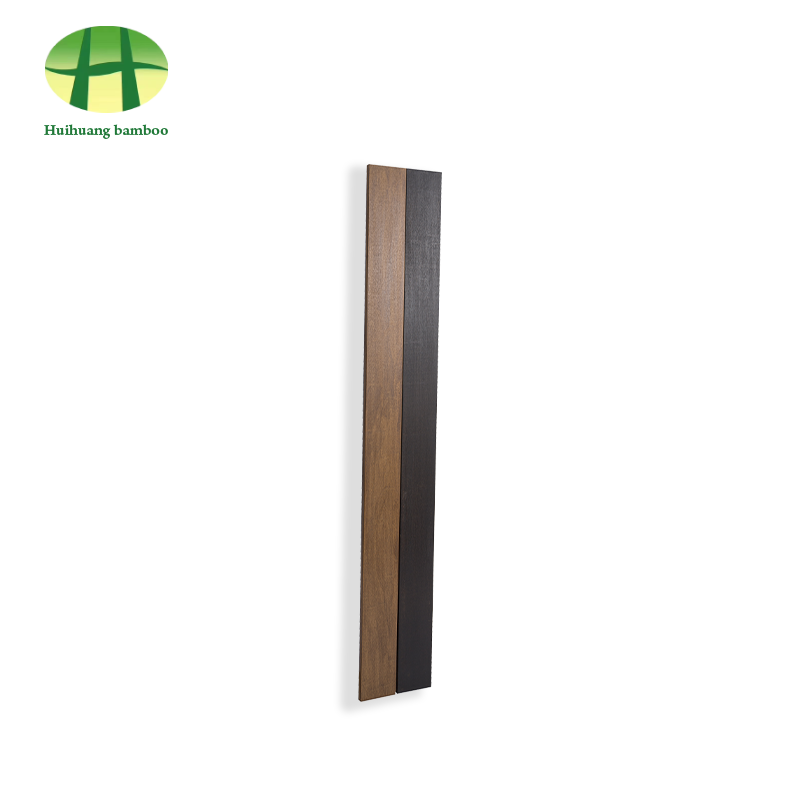
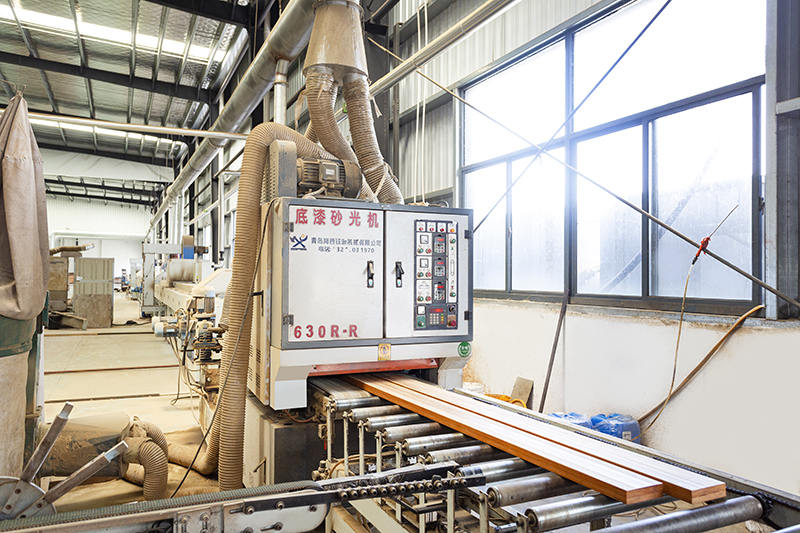
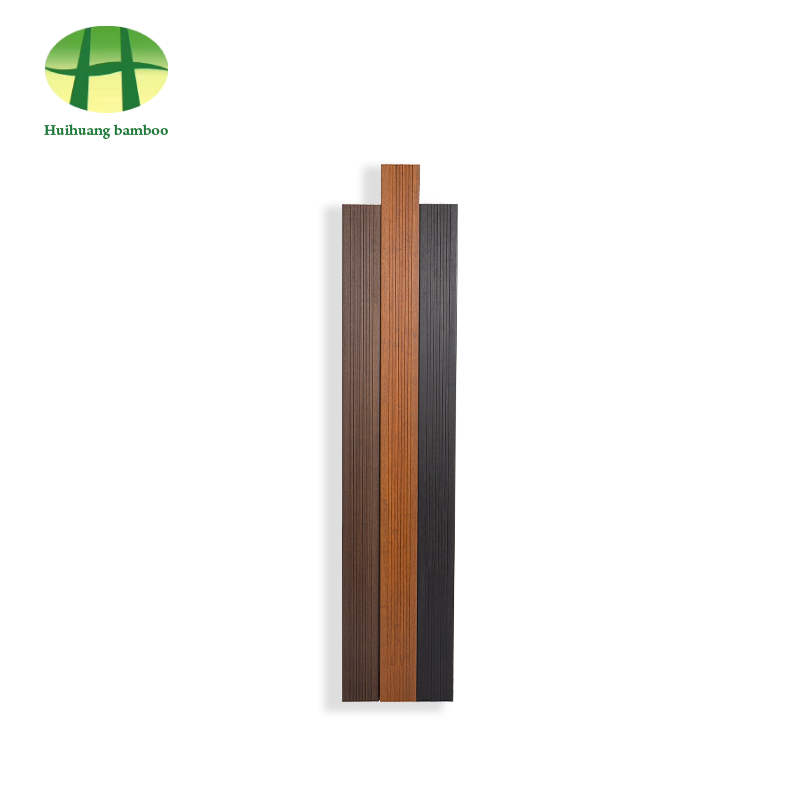
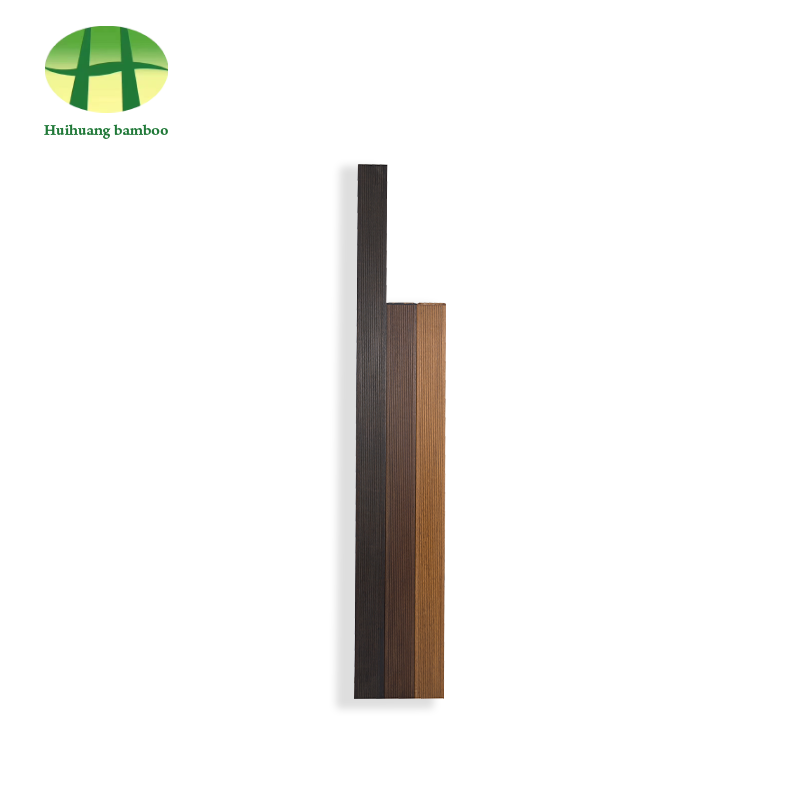
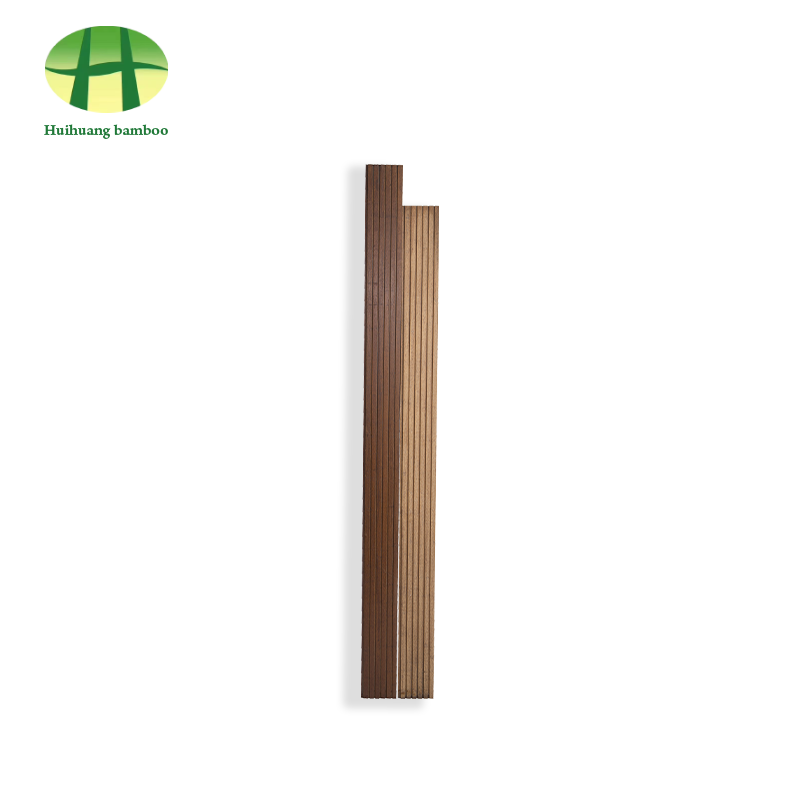
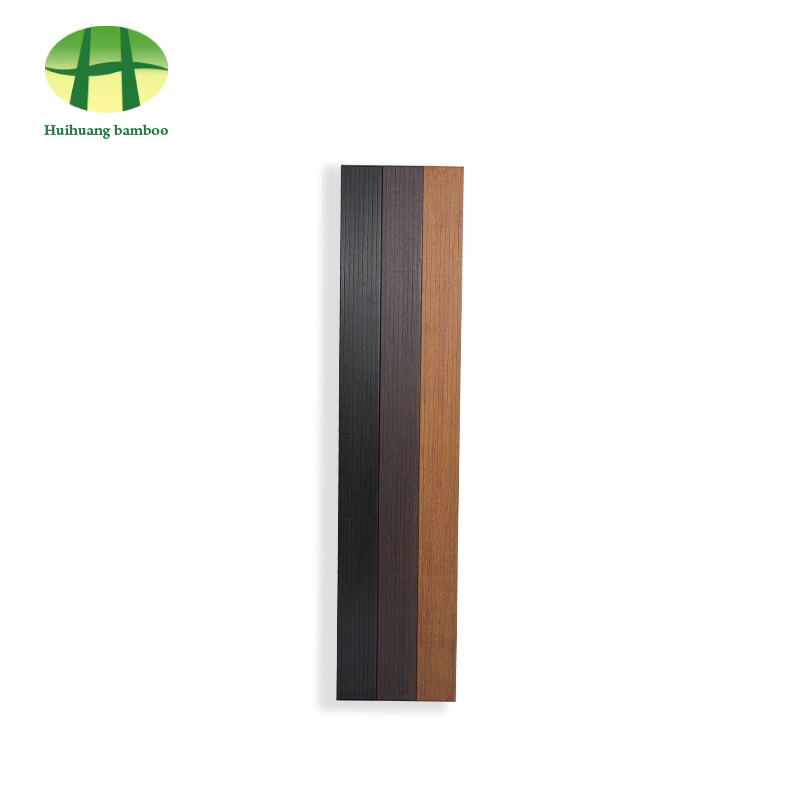
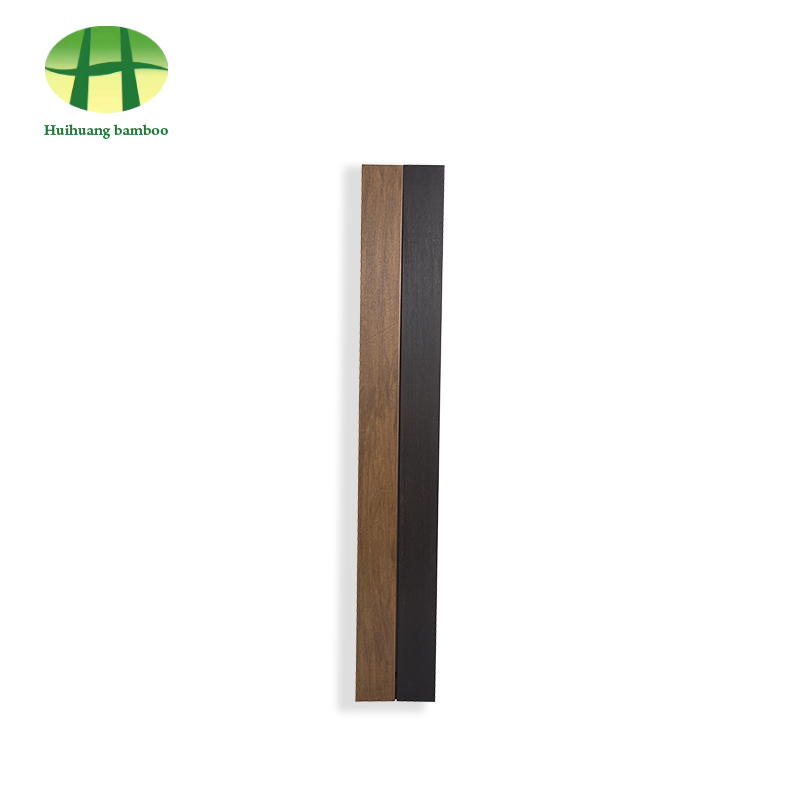
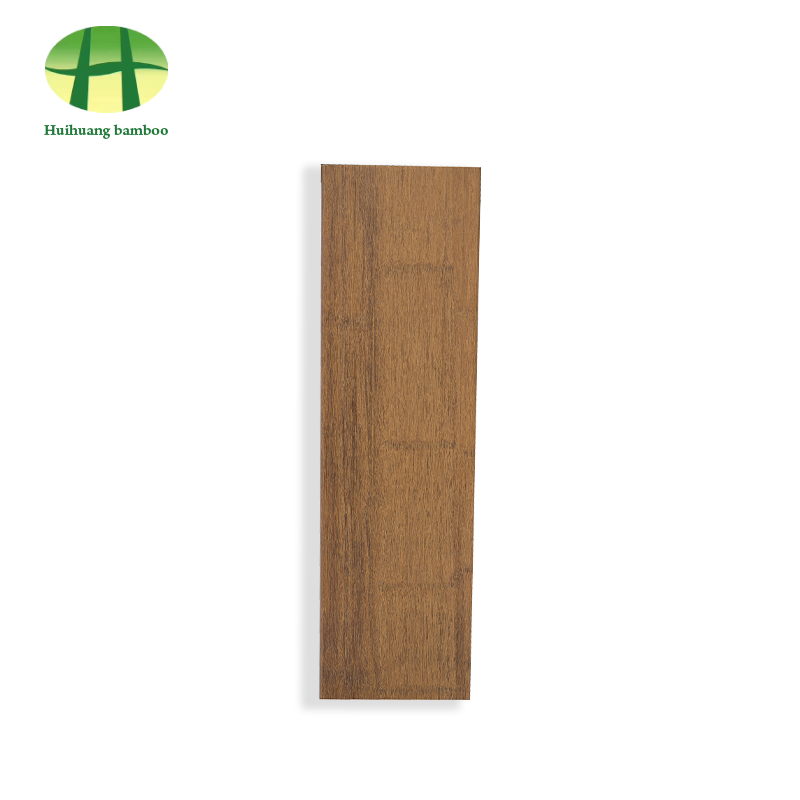

 +86-572-5215066 5216895
+86-572-5215066 5216895 office@hh-bamboo.com
office@hh-bamboo.com East Side of Huanggang RD,Ningdun County, Ningguo ,Xuancheng City,Anhui Province,China.
East Side of Huanggang RD,Ningdun County, Ningguo ,Xuancheng City,Anhui Province,China.